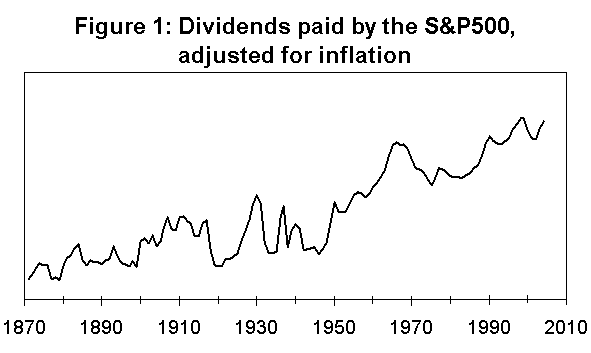Swedroe Behind LowVol Success
Post on: 29 Май, 2015 No Comment

It’s more about avoiding high volatility stocks than seeking low volatility.
Several recent academic papers have shown that lowest-volatility stocks have provided higher returns than highest-volatility stocks. These findings run counter to economic theory that predicts higher expected risk is compensated with higher expected return—resulting in the low-volatility anomaly.
The academic research, combined with the 2008 bear market investors experienced, has led to low-volatility strategies becoming the darling of investors. There are two main explanations offered for this anomaly:
- Many investors are either constrained against the use of leverage or have an aversion to its use. Such investors who seek higher returns do so by investing in high-beta (or high-volatility) stocks—despite the fact that the evidence shows that they have delivered poor risk-adjusted returns. Limits to arbitrage and aversion to shorting, as well as the high cost of shorting such stocks, prevent arbitrageurs from correcting the pricing mistake.
- There are investors who have a “taste,” or preference for lottery-like investments. This leads them to “irrationally” invest in high-volatility stocks (which have lotterylike distributions) despite their poor returns. They pay a premium to gamble.
Xi Li, Rodney N. Sullivan, and Luis Garcia-Feijoo are the authors of the study “The Limits to Arbitrage and the Low-Volatility Anomaly,” which appears in the January-February 2014 issue of the Financial Analysts Journal. The study explored whether the abnormal returns associated with the low-volatility anomaly can actually be effectively captured or whether the returns are subsumed by some limits to investors effectively arbitraging them away.
To accomplish this objective, they examined the role portfolio rebalancing and transaction costs play in attempting to extract profits from the low-risk anomaly. Their study covered the period from July 1963 through December 2010. The following is a summary of their findings:
- The excess returns associated with forming the longlow volatility/short-high volatility-portfolios are basically present only in the first month after formation, and they are largely subsumed by high transaction costs associated with stocks with low liquidity (such as low priced/high volatility stocks).
- The anomalous returns within value-weighted portfolios are largely eliminated when omitting low-priced (less than $5) stocks, and are not at all present within equal-weighted portfolios. In fact, the average price of stocks in the highest-volatility quintile was just more than $7, indicating that many, if not, most, would be considered “penny stocks”.
- The low-risk effect is noticeably weaker since 1990. The finding of weaker results post-1990 could be a result of improved market efficiency to include the impact of regulations passed in that year aimed at reducing fraud associated with trading penny stocks. (I’d add that many of the high-beta stocks simply disappeared after the dot.com crash—the number of stocks on public U.S. exchanges has shrunk dramatically since then).
The authors concluded: “Our finding cast some doubt on the practical profitability of a low-risk trading strategy.”
Because human nature doesn’t change, there doesn’t seem to be any reason to believe that the low-volatility anomaly will not persist. It also seems that much, if not most, of the anomaly can be explained by the poor performance of high-volatility stocks, not the outperformance of low-volatility stocks.
In fact, there has been very little difference in returns between low- and medium-volatility stocks. If that is true, you don’t need to adopt a low-volatility strategy to benefit from the information. You just have to avoid the highest-volatility stocks (such as small growth stocks, IPOs, and very low-price stocks). And it’s the aforementioned high costs of trading and other limits to arbitrage that allow the low volatility anomaly to persist.
Larry Swedroe is director of Research for the BAM Alliance, which is part of St. Louis-based Buckingham Asset Management.














